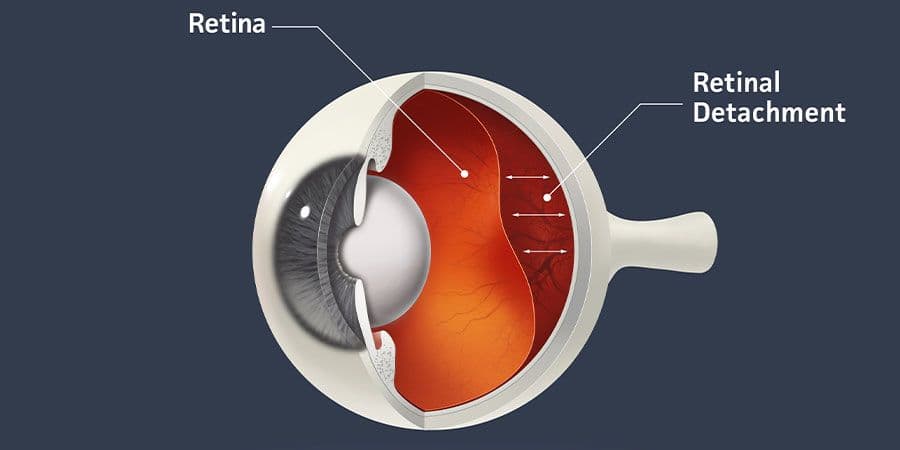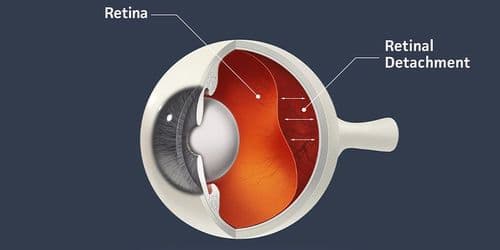


Retinal detachment is a serious eye condition that occurs when the retina—the thin layer of tissue at the back of the eye—pulls away from its normal position. This detachment disrupts the retina's ability to function properly, which can lead to permanent vision loss if not treated promptly. Understanding the types, signs, symptoms, risk factors, and treatments for retinal detachment is crucial for maintaining eye health and ensuring timely medical intervention.
To define retinal detachment, it's essential to recognize its function within the eye. The retina is responsible for converting light into visual signals that the brain interprets as images. When the retina detaches, these signals are disrupted, resulting in impaired vision or even blindness in the affected eye.
There are several potential causes of retinal detachment, including trauma, previous eye surgery, or certain eye diseases. Prompt diagnosis and treatment are critical to preserve vision.
Understanding the different types of retinal detachment is essential for determining the appropriate treatment. The primary types include:
Understanding these types can help patients and healthcare providers recognize the condition's nature and potential risks.
The signs of retinal detachment can vary depending on the type and severity of the detachment. Early recognition is crucial, as it can significantly impact treatment outcomes. Some common signs include:
The symptoms of a detached retina can escalate quickly, and individuals may experience a combination of the following:
If you experience any of these symptoms, it's essential to seek medical attention immediately.
Understanding the risk factors for retinal detachment can aid in prevention and early detection. Some of the primary risk factors include:
Being aware of these risk factors can empower individuals to take proactive measures to protect their eye health.
Timely treatment for retinal detachment is critical for preserving vision. The treatment method depends on the type of detachment and the extent of damage. Common retinal detachment treatments include:
The choice of treatment will depend on various factors, including the type and extent of the detachment, the patient's overall health, and the ophthalmologist's recommendation.
In conclusion, understanding what is retinal detachment, its types, signs, symptoms, and available treatments is crucial for preserving vision and eye health. Early detection and prompt medical intervention can significantly impact outcomes for those affected by this serious condition. If you notice any signs of retinal detachment, such as flashes of light, new floaters, or sudden vision loss, seek medical attention immediately.
By being aware of the risk factors and the types of retinal detachment, individuals can take proactive steps to protect their vision. Regular eye examinations and being mindful of any changes in vision are vital components of maintaining overall eye health.

Call Us: (858) 452-3937
8:30AM - 7:00 PM - Monday through Saturday (Saturday until 11:30AM)